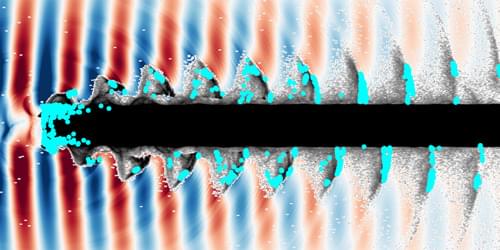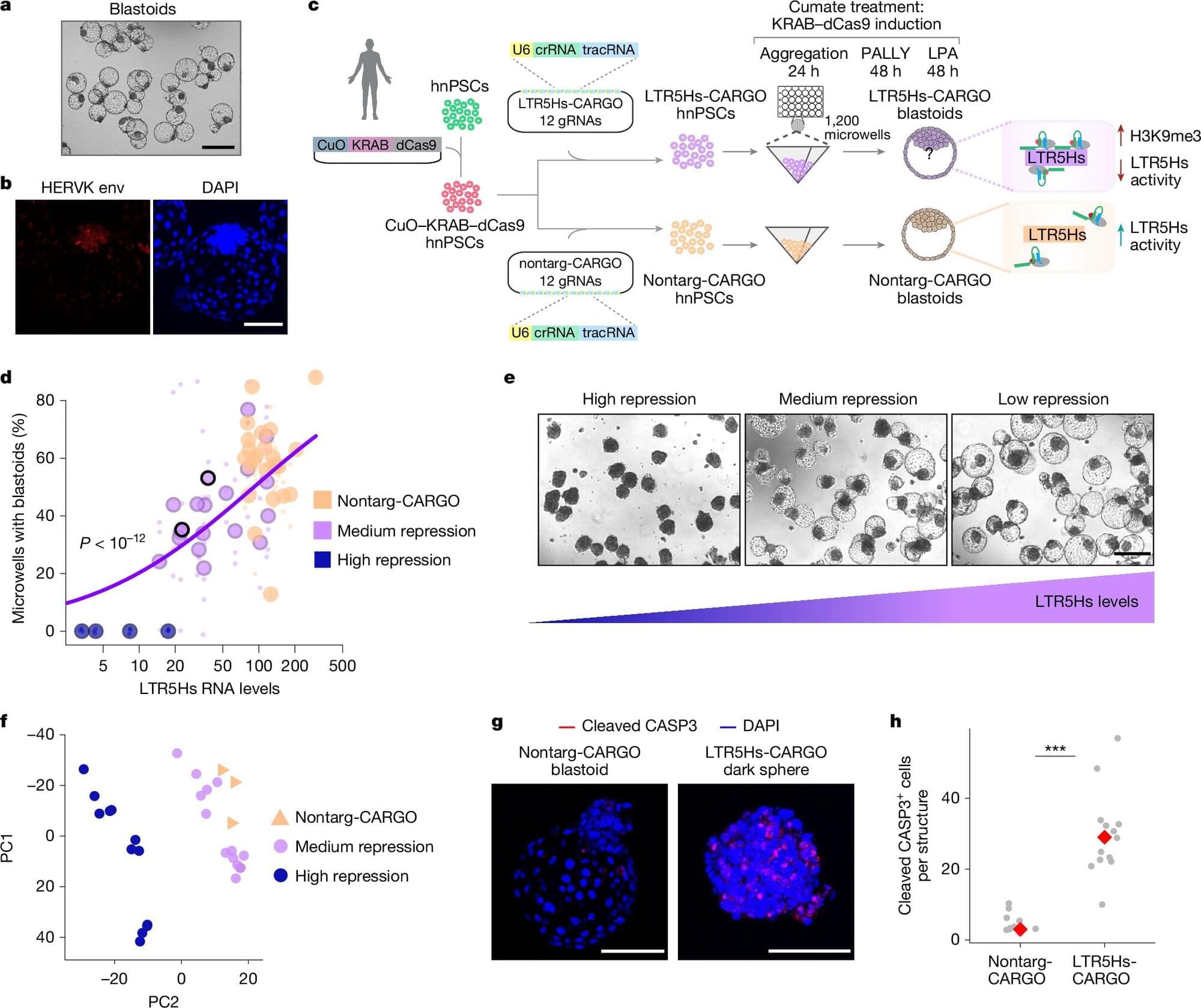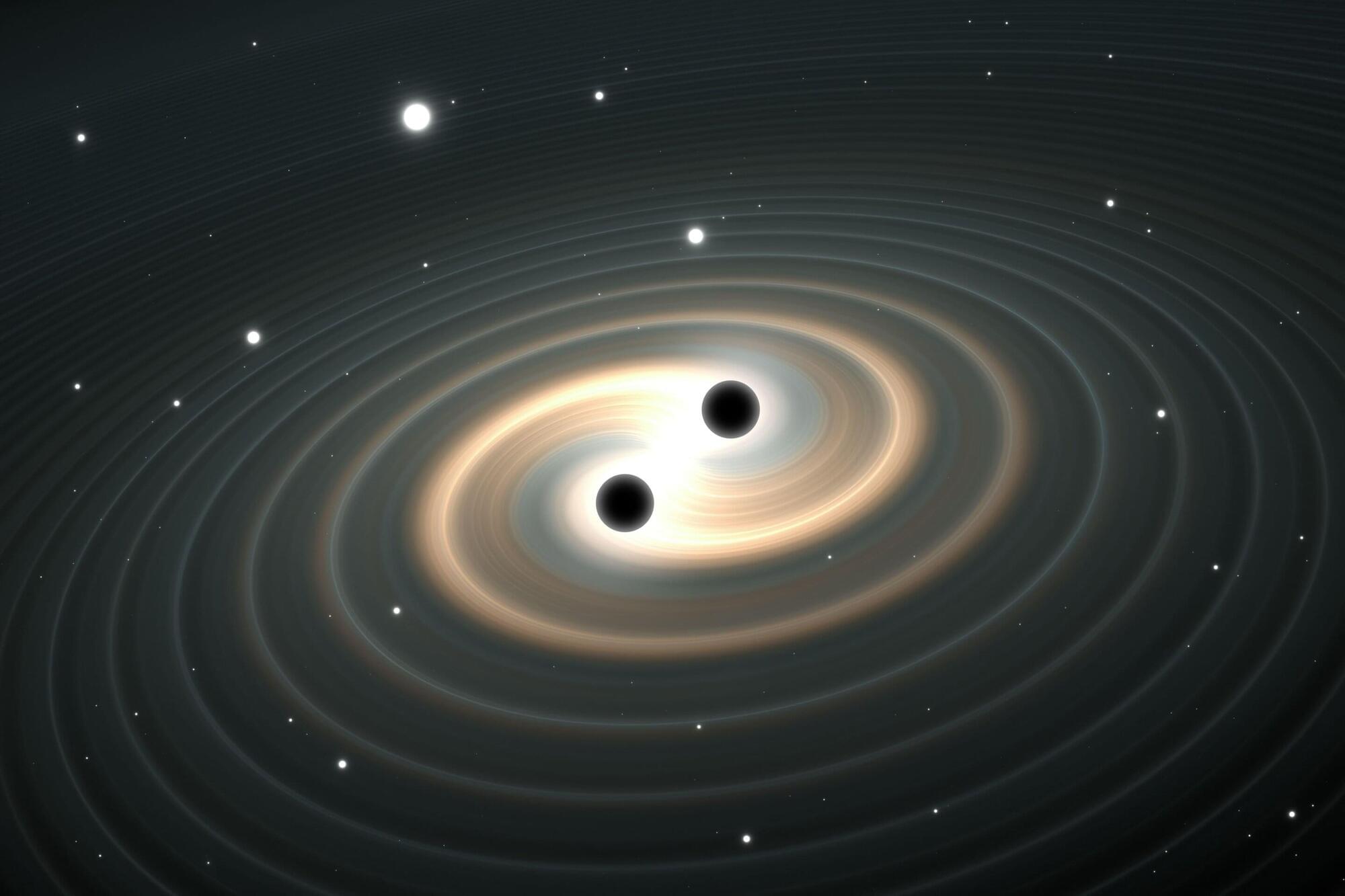Researchers demonstrated a framework that integrates quantum simulators and cloud services with supercomputers to run hybrid applications.




💥💥💥 Linterna AceBeam K1 https://www.acebeam.com/k1-edc-flashlight-with-three-light-sources.
Códigos de tiempo:
0:00 — El Fin de Procesadores Clásicos – Chip NEUROMÓRFICO Explicado.
1:04 — ¿Qué Es un Procesador Neuromórfico?
2:56 — Ventajas de los Chips Neuromórficos.
5:44 — Procesadores Neuromórficos que Ya Existen.
7:51 — Limitaciones de los Procesadores Neuromórficos.
PC gamers are celebrating games that actually run, and it’s the FPS leading by example.



Our ancient past isn’t always buried history. When it comes to our DNA, nearly 9% of the human genome is made up of leftover genetic material from ancient viruses (called endogenous retroviruses or ERVs) that infected our ancestors millions of years ago and became permanently integrated into our genetic code. In a new study published in the journal Nature, scientists have demonstrated that one piece of this viral junk is essential for the earliest stages of human life.

Scientists have unveiled a new approach to detecting gravitational waves in the milli-Hertz frequency range, providing access to astrophysical and cosmological phenomena that are not detectable with current instruments.
Gravitational waves—ripples in spacetime predicted by Einstein—have been observed at high frequencies by ground-based interferometers such as LIGO and Virgo, and at ultra-low frequencies by pulsar timing arrays. However, the mid-band range has remained a scientific blind spot.
Developed by researchers at the Universities of Birmingham and Sussex, the new detector concept uses cutting-edge optical cavity and atomic clock technologies to sense gravitational waves in the elusive milli-Hertz frequency band (10⁻⁵–1 Hz).
